Place and Culture
Stories from Our Land
Stories from Our Land
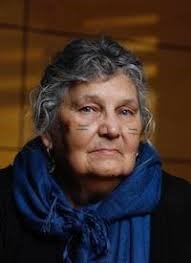
Maria Campbell
Taphtew musiskumik usually in early May from birth till the age of 11, my family would pack a large canvas tent into the wagon, which was pulled by a team of horses and we would head out to our old hunting territory until the end of September. On the wagon with the tent a was a grub-box containing food staples, flour, baking powder, lard, sugar and tea. Another box held pots, pans, dishes and neatly piled around them were our bedrolls. Strapped under the wagon were the tools we used for the harvesting of berries, nuts, medicines and roots. There would be up to a dozen wagons, often more, loaded with grandparents, moms and children. Our fathers, uncles, young men and women on horse- back, the horse prancing and dancing as the lead wagon pulled out and every- body followed. It was the most exciting time of the year, anticipated by all of us over the long winter months. Warm sunshine and the promise of a beautiful summer on our beloved land.
"Ki’ miyo taskinow," our nokoms would say as we travelled and they pointed to places along the road that they wanted us to remember. The hill where "Ota ki’ chapanow kah pimseek, she was the first one to die," they said, "from a measles epidemic that nearly wiped out our people and she was buried in the old way, on a platform in those trees, on that hill, which was an ancient burial site." This place was one of the important markers in the history of our people and territory. Whenever we arrived at the foot of Sputnow ki chapanow kah pimseek we would stop and our moms would put a small offering of food at the foot of the trees for her spirit which, the story goes, never left that place. Sometime when trappers and hunter were travelling they would hear her crying for her lost family and they would put a prime fur pelt down for her or a choice cut of meat so she would know she was still loved and not forgotten and she in turn would speak on our behalf in the spirit-world. I never heard her cry but I have never forgotten her, her story or this place and when I pass the hill I stop and leave an offering for her as do my children and grandchildren. I will take my great grandchildren there this summer.
There were many places all over the territory that not only have special memories for me but are also important markers. There is the lake called Notokwew Sahkikun, a beautiful, peaceful little lake surrounded by birch trees. As we approached during these summer trips, our nokom’s would caution us to be quiet and if we had to speak, then to speak softly, gently. We were never allowed to swim in Notokwew Sahkikun or even to go into the water, only the old ladies and older women after offerings and prayer, went wading waist deep to gather the medicine that grew at the bottom of the lake. We never camped there either, always leaving before the sun went down to a campsite further down the road. I learned many years later that this was the place where the foundational medicine used by the midwives for birthing and dying was gathered and “these times, our nokoms said, were the two most important in our lives.” A range of hills called Kisaynew Sputinowah, where long ago only men hunted and a place where they did their ceremonies.
There was a meadow called Omisimow Pusqwawew, where the placentas of all our people were buried. And Pimtatinow, a long crooked hill and coulee where during the summer of the great hunger, a buffalo gave himself to the people so they would live, but before they could take his life he taught them a song and gave them a dance so they would never be hungry again. And Puktahow Seepis, that separated our road allowance community from our old territory and where, my father told us the story of the last dog feast was held by our people.
All summer into the early fall we would dig Seneca roots drying and bagging them and then along with the berries we picked, hundreds and hundreds of pounds of them, we would go to a nearby Settlers town and sell them so we could buy the food staples and clothes we needed to help us through the winter. While on the land we smoked fish and dried meat, picked bags of hazel nuts, pounded and crushed chokecherries and dried them along with the Saskatoon berries for winter food and with all this work, were the stories of the land, of long ago and not so long ago. Stories of hero’s and fools, of happy times, of survival. All these stories grounded us made us feel safe as a children, not just safe with our parents, but safe with our land. Our mother. She gave us a sense of being and an identity that had nothing to do with a paper stating quantum, government number, place of origin or geneology. “Einowuk ooma kiyanow, our nokoms would say. “ Michif’s, Neheyawak. Ekwa kahkiyow oota kah ki ashtat kotahwinow, pisiskoouk,(animals) kah pimihawchick,( flyers) muskiki atoquak (plants) asiniyak, nipi, kah kiyow e wakohtumak. Ki wahkomakan nowwak. We are people of the land. Michifs, Cree, and everything that is here with us, the animals, the flyers, the plants, the water, everything is related to us. “All my relations.”
I never forgot that. It is, I believe what carried me and many, many, Indigenous people through hard, bitter times. Those words, the memories and stories of our land and all our relations kawkiyew ki wakomakanaknowak, their songs, sung to us as children, all the stories told in all the seasons, was the medicine that grounded, healed us and brought us home.
We were the generation that was privileged, who although poverty stricken and dispossessed, grew up on the land, spoke our language, escaped Residential School, the Black car and the Scoops and because of that privilege we have a great responsibility, to share everything gifted to us by our land, our relatives and our people. That is the link the colonizer tried to break when he took the babies away but it didn’t work. It will never work, because we are on our land, our mother, no matter who thinks they own her.
Stories from Our Land The Story of Pinehouse The Story of Stanley Mission
Afterword Check Your Knowledge Reflection
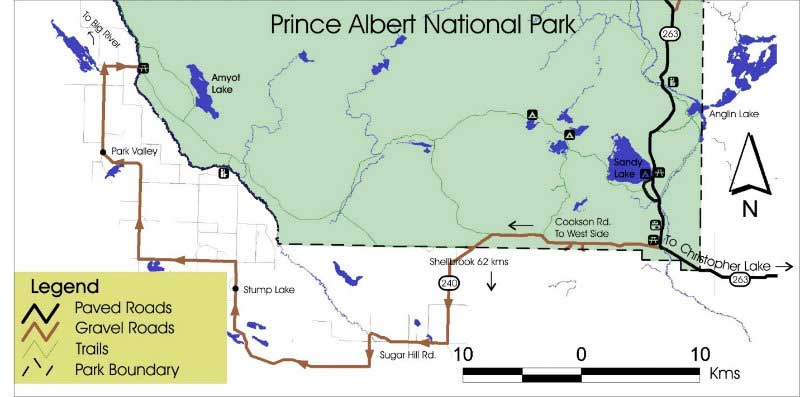
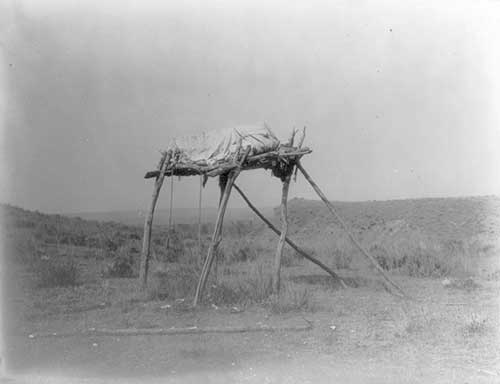
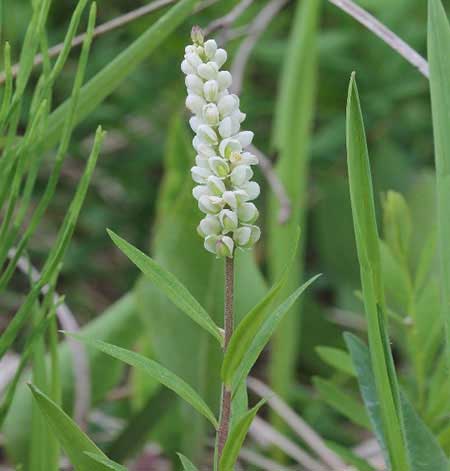
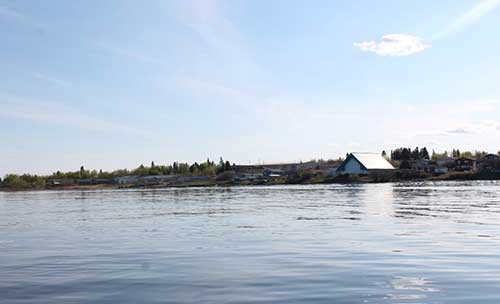
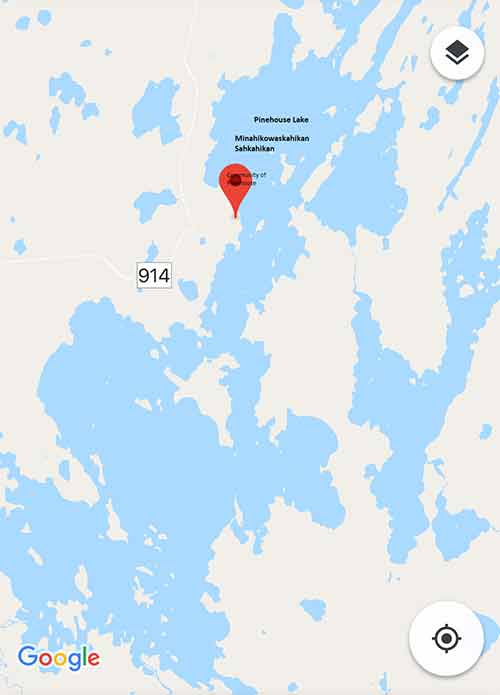
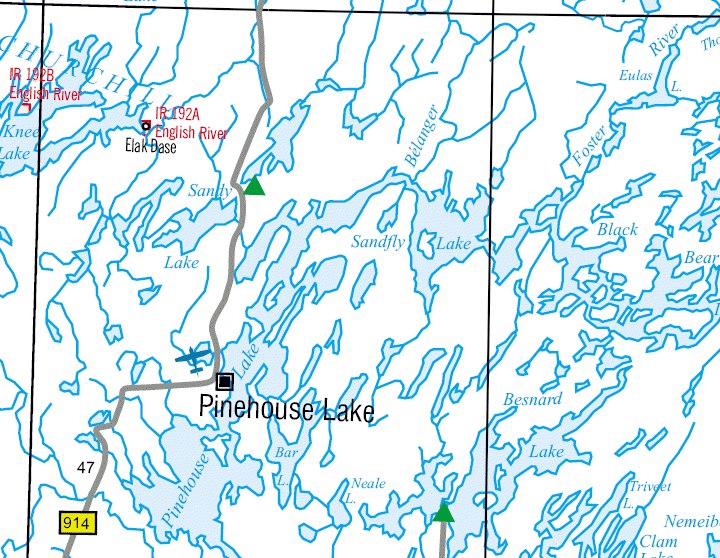
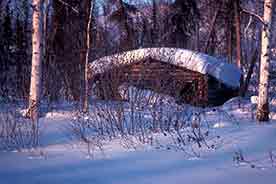
Commitment to their social, cultural, and economic survival
"I would like to see our future, our future generations working like us, working to build the community, working to build family ties, working to build infrastructure. Working, maybe to even have a road into the community where we’re not eating dust. But it’s coming, these are the blueprints that we want to make for them, this is what we’d like to see as elders, when they start taking care of us that’s what we want to see. We want you to build from what we teach you." -Ida Ratt